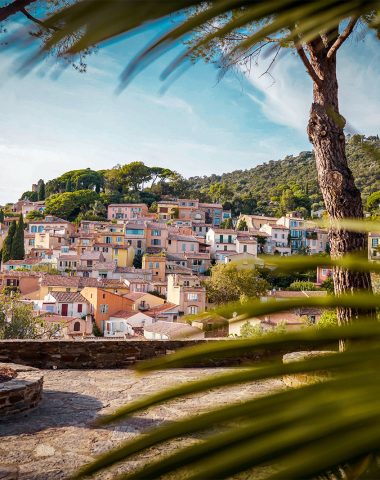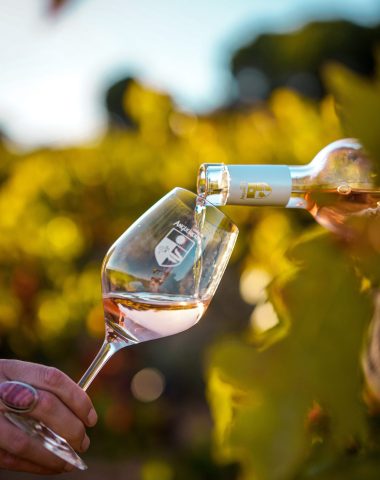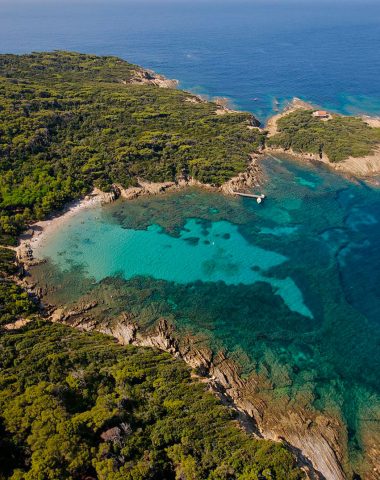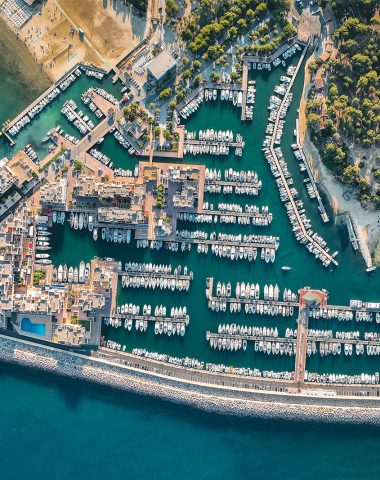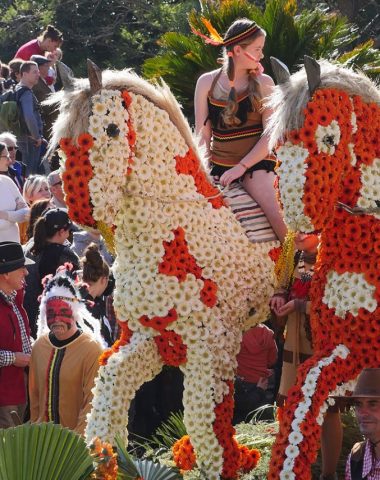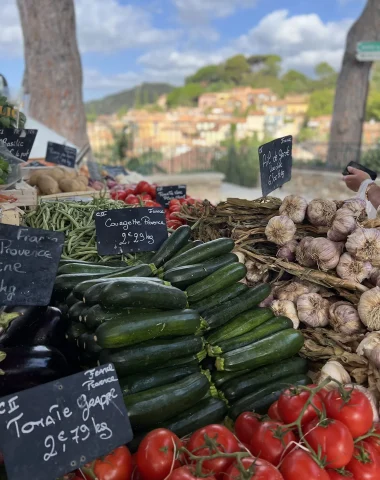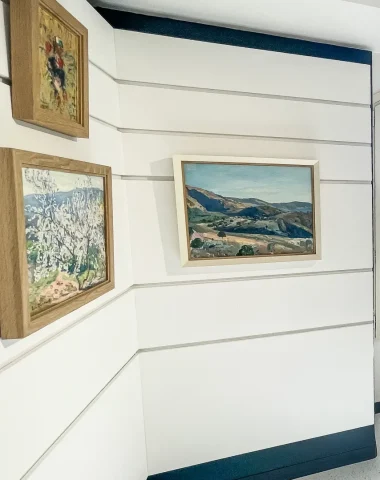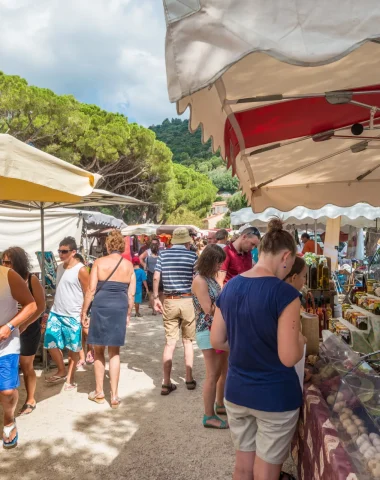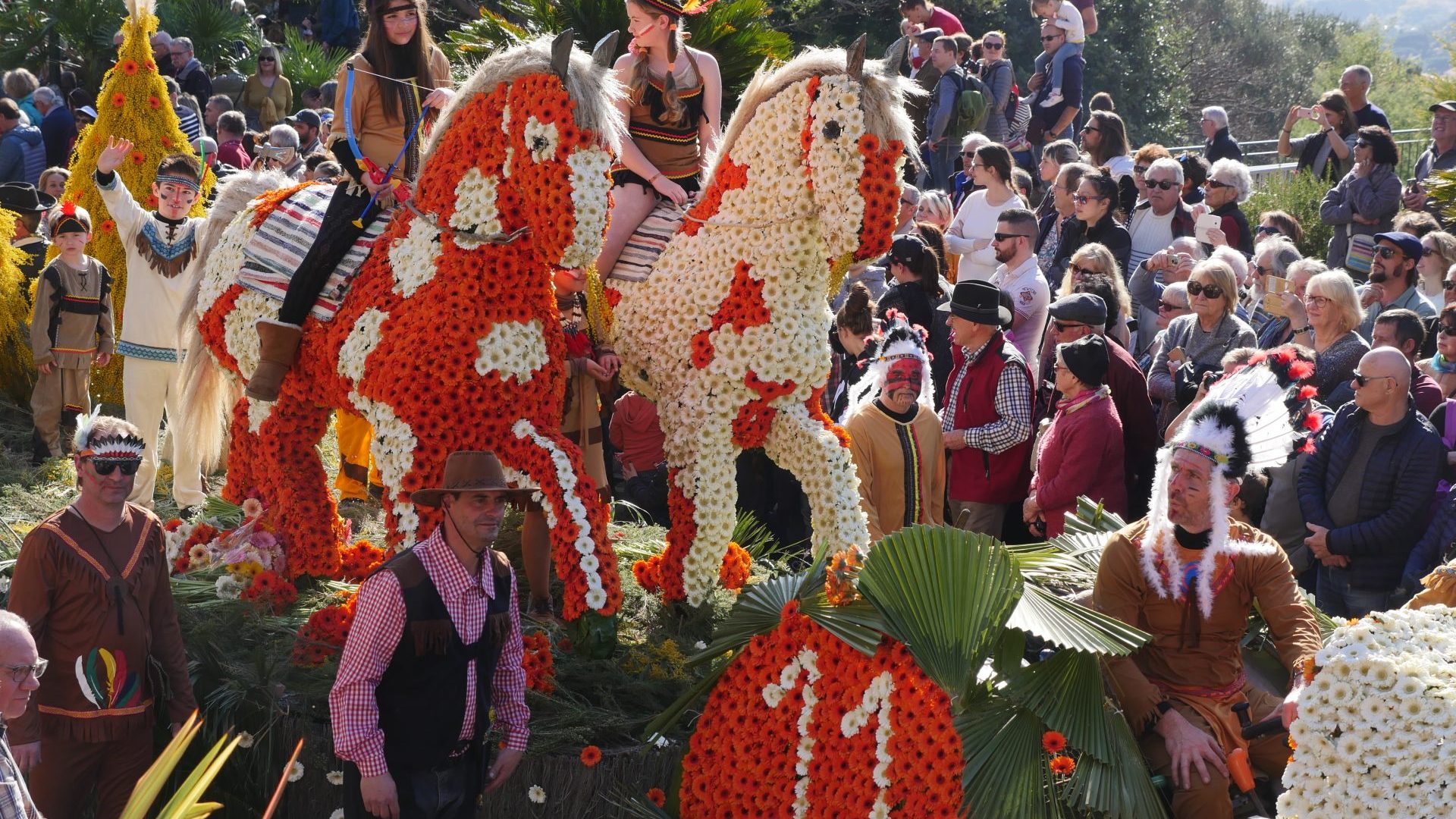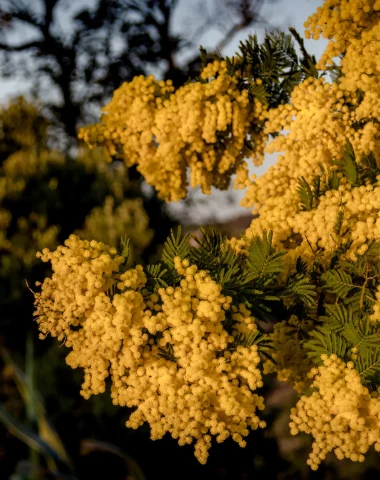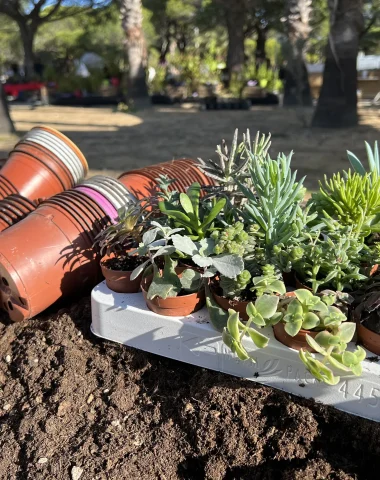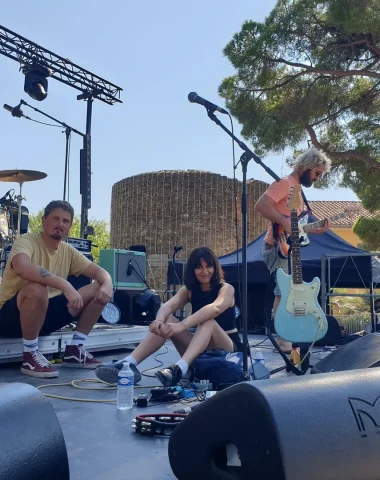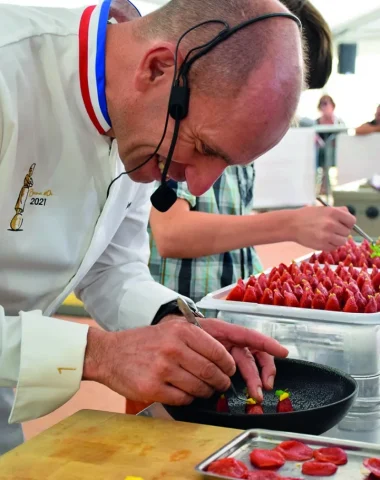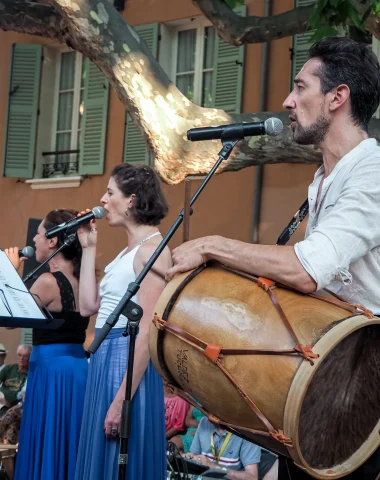12 tons of yellow sprigs and 80,000 flowers to dress fifteen floats. This is the challenge that Bormes les Mimosas residents set themselves every year to prepare and pamper the Côte d’Azur’s oldest Corso in the greatest secrecy! 100 years after its creation, the Corso fleuri de Bormes les Mimosas remains a major event. At the end of February, Bormes les Mimosas locals, nationals and internationals alike, all gather in the village.
The history of the Corso de Bormes
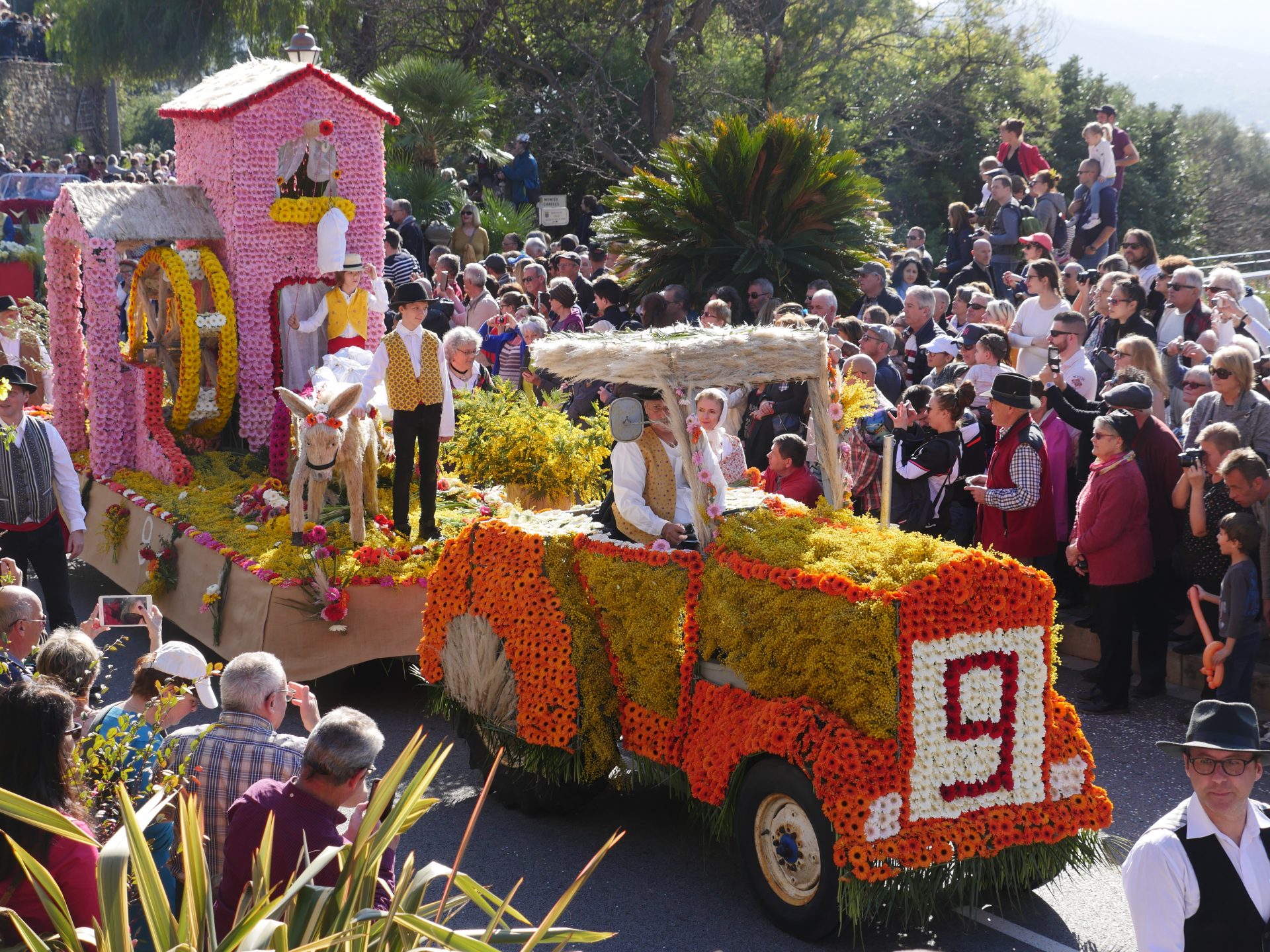
A celebration of the mimosa
As early as the 17th century, and more specifically on Sundays, nobles used to take their carriages out onto the main avenue.
This custom, which originated in the south of France and was abandoned during the French Revolution, was revived at the beginning of the 20th century for carnival parades. After the war, the locals decided to celebrate the beauty of the mimosa blooming everywhere on the hills. But how?
By putting the yellow flower in the spotlight on flowered carts passing through the village, a beautiful and festive moment that celebrates the arrival of spring, to everyone’s delight.
The Corso fleuri de Bormes les Mimosas was born in 1920.
The Corso fleuri de Bormes les Mimosas was born in 1920, when carts were pulled by donkeys and mules, later replaced by tractors. The hills abounded in mimosas, white heather, and other wild leaves, allowing the carts to flourish.
Today, many other plant varieties are used, such as anemones, daisies, and carnations, grown in the Var under glass or in the fields.
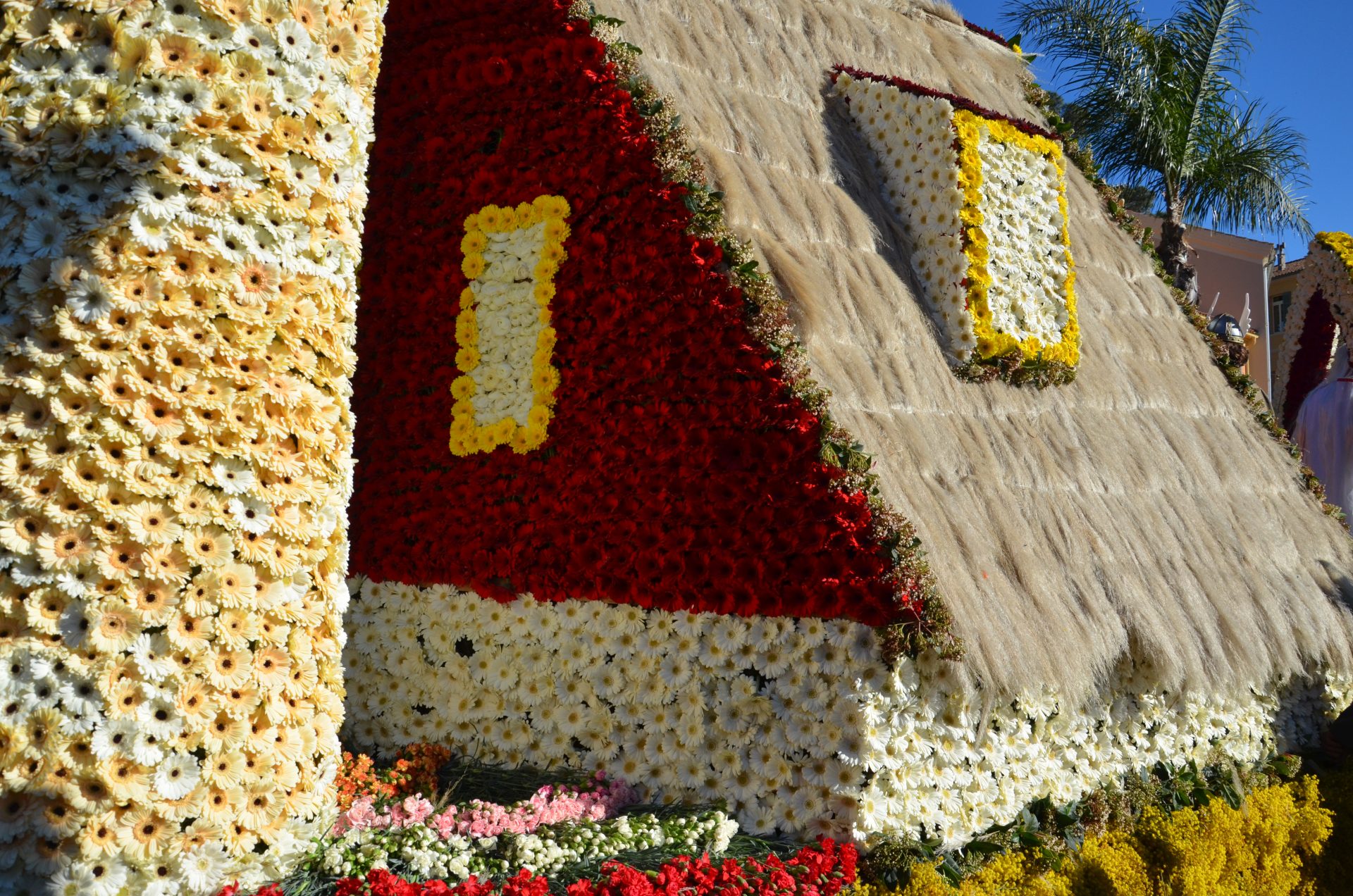
The event
The Corso fleuri de Bormes les Mimosas takes place every year at the end of February. Activities take place on Saturday, and the famous parade on Sunday. This internationally renowned event is a flowery and colorful occasion not to be missed. Behind the parade of floats lies a meticulous organization that begins some 4 months in advance. As early as October, the builders get together to define their individual themes, which will remain secret until D-day. Then they start building the models.
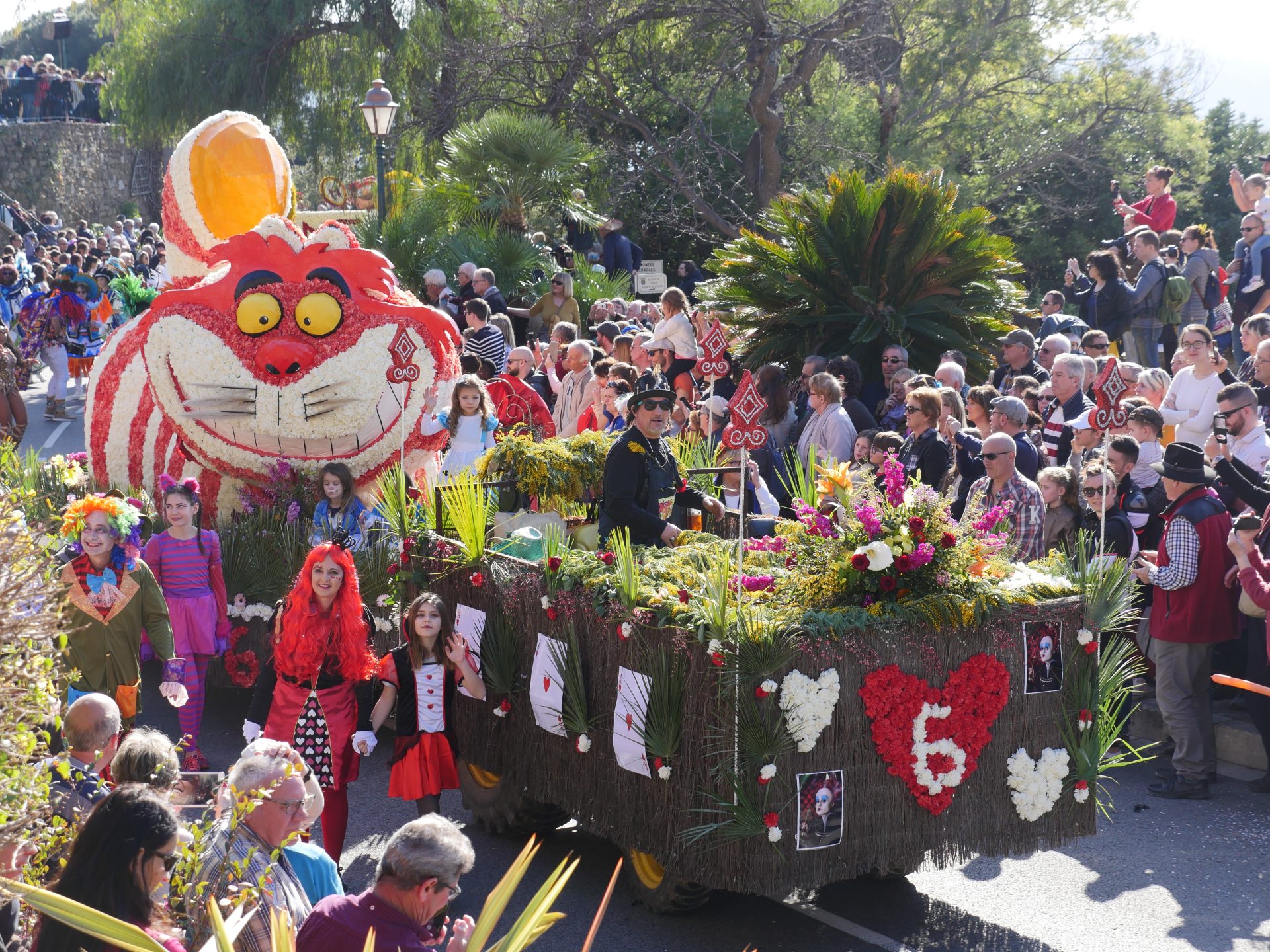
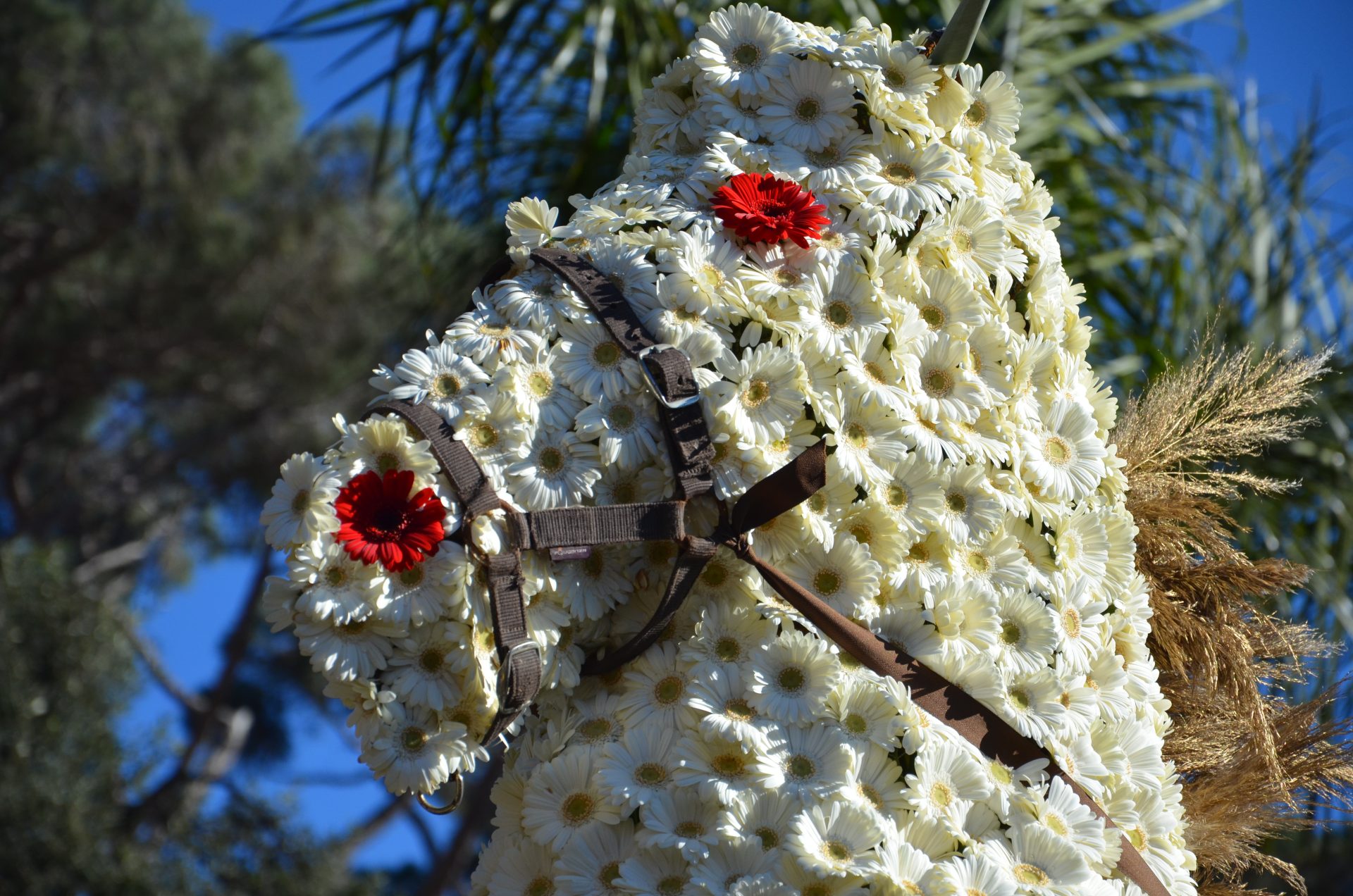
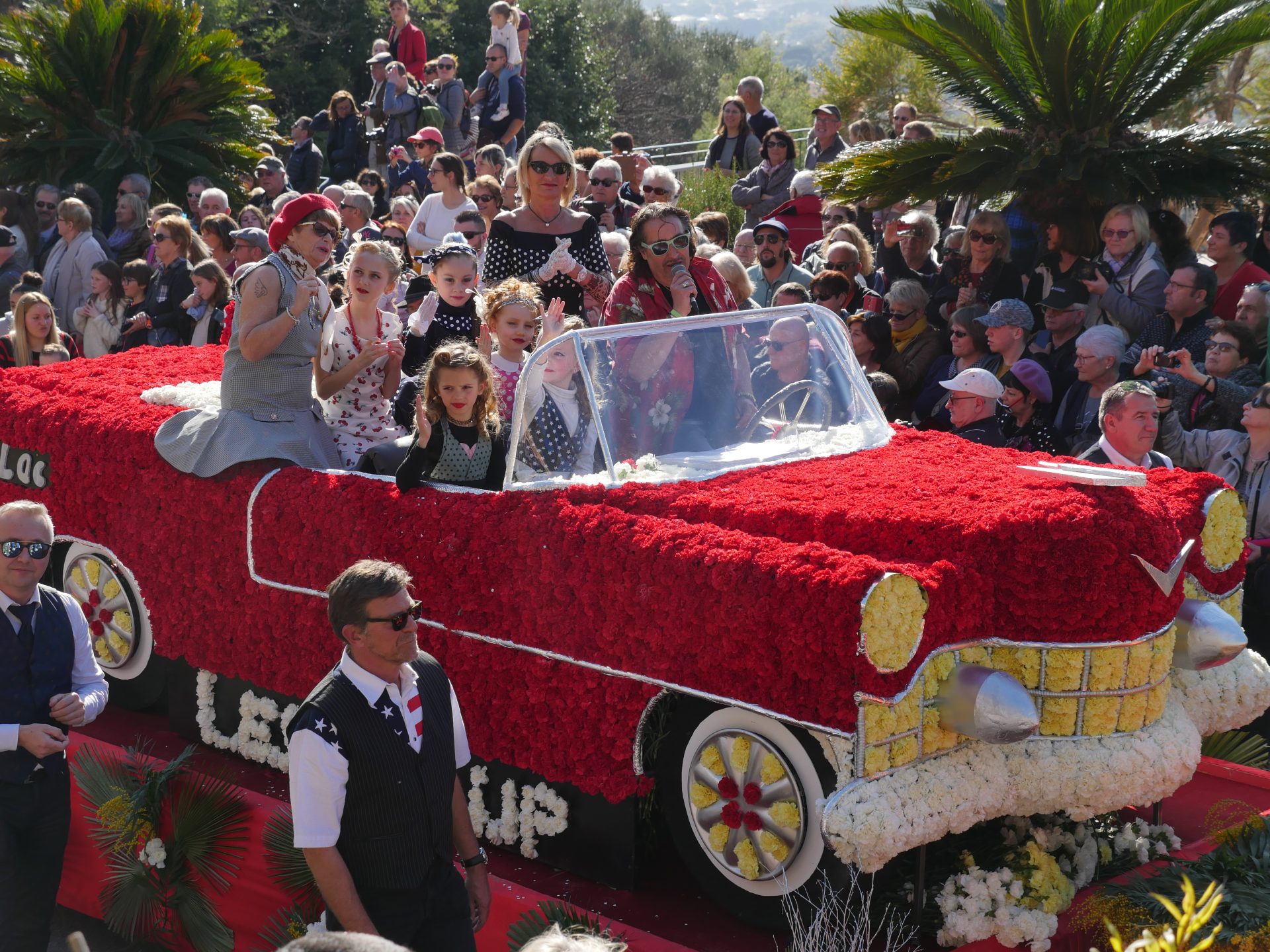
The creation of the bare floats can then begin, but a large part of the work will only be done on the eve and night of the Corso itself: the flowering.
Each float is made up of 10 to 15,000 fresh cut flowers, so the flowers are bought the day before and the mimosa picked on Saturday morning. Flower laying ends at around 4 a.m. on Sunday, just a few hours before the parade.
Once the floats have been freshly decorated, the festivities can begin on the second day! At the end of the parade, spectators can take part in the famous flower battle and leave with a bouquet as a souvenir of a magical moment.


